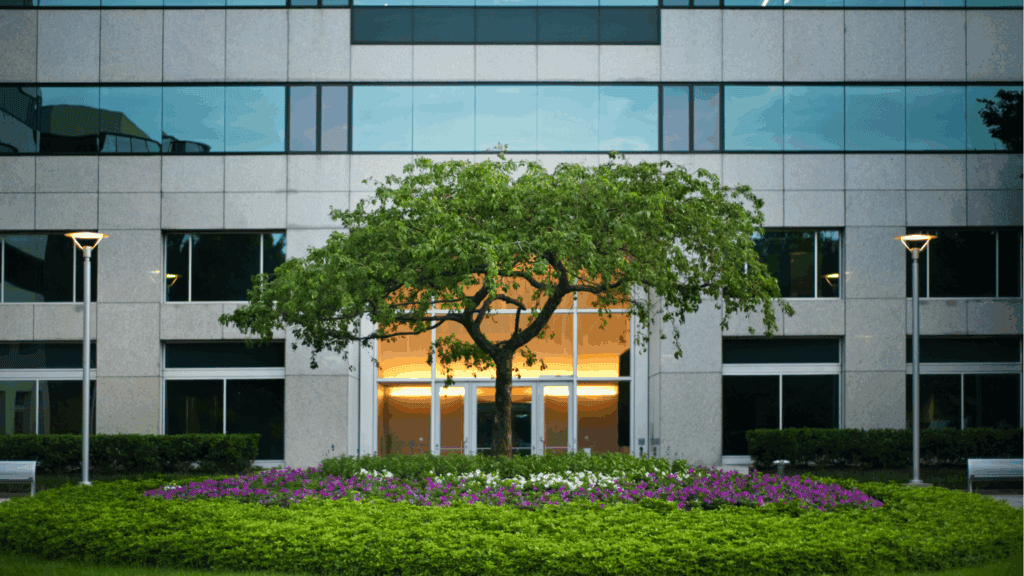Late-summer storms in Colorado can roll in fast, bringing heavy rain, hail, high winds, and flash flooding. These weather conditions can create serious challenges for commercial properties, especially those with high foot traffic or large outdoor spaces. For property managers, late July and August are the ideal times to prepare. Taking a few key steps now can help minimize storm damage, protect building systems, and avoid unexpected repair costs. .
Stormwater Management
One of the first things to focus on is stormwater management. Flooding is a common issue during late Summer, and drainage systems are often the first line of defense. Gutters, downspouts, and catch basins should be checked for blockages. If these systems are filled with leaves, debris, or sediment , water won’t flow properly and can pool around entrances or foundations. For larger properties or sites with underground systems, scheduling vacuum truck services may be necessary to fully clear drains and avoid flooding during peak rainfall.
Address Landscape and Exterior Risks
Strong winds can knock down branches, uproot trees, or damage shrubs, especially if the landscaping hasn’t been maintained. Dead limbs, weak trunks, and overgrown vegetation should be removed ahead of storm season. Regular pruning helps lower the risk of falling debris, which can harm vehicles, outdoor structures, or the building itself. If you’re not sure where to start, a commercial landscaping team, like DCPS can help identify high-risk areas and create a storm prep checklist for your grounds.
Outdoor items like patio furniture, planters, trash bins, and signage can become dangerous in a storm if not properly secured. These pieces should be weighed down, anchored, or moved inside if a storm is in the forecast. Seasonal decorations or foliage displays should also be double-checked for stability, especially if they’re located near entryways or communal spaces.
Keep Interior Areas Safe and Clean
Storms don’t just cause exterior problems, but they often lead to more interior maintenance needs. Rain and debris get tracked inside, especially in high-traffic common areas. Janitorial teams should be ready to shift schedules, increase cleaning around entryways, and replace worn floor mats. This helps protect flooring and reduces slip hazards for tenants and visitors.
Long-Term Maintenance
Many property managers use this time of year to identify long-term maintenance needs. Storms tend to expose weak spots in roofing, paving, or drainage systems. Cracks in asphalt, poor grading, or damaged roofing can turn into major issues if ignored. Working with a capital projects team to evaluate the property and schedule repairs while the weather is still workable can help prevent more expensive problems down the road.
Work With a Contractor That Does It All
Storm prep requires attention across multiple parts of a commercial property. That’s why DCPS is a valuable partner. With seven specialized divisions – asphalt and concrete, sweeping, landscaping, snow removal, roofing, construction, and waterproofing – DCPS provides full-service support for more than 1,000 properties across Colorado. Their team understands what’s needed to keep your property protected, functional, and looking its best during every season. Contact DCPS today to schedule a walkthrough and get your site ready for whatever weather comes next.

